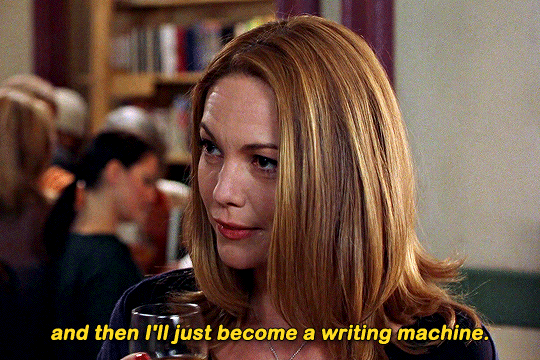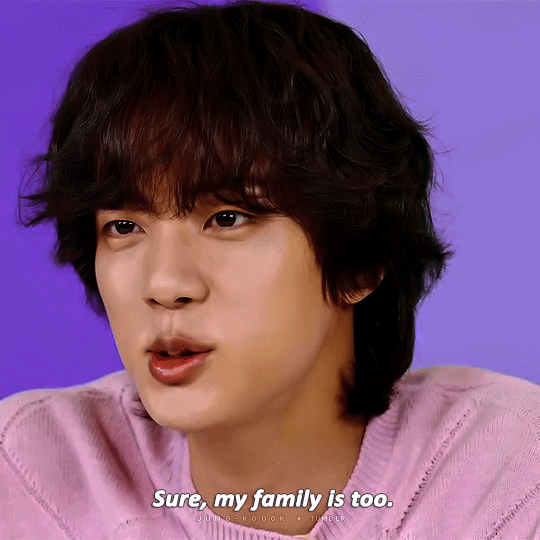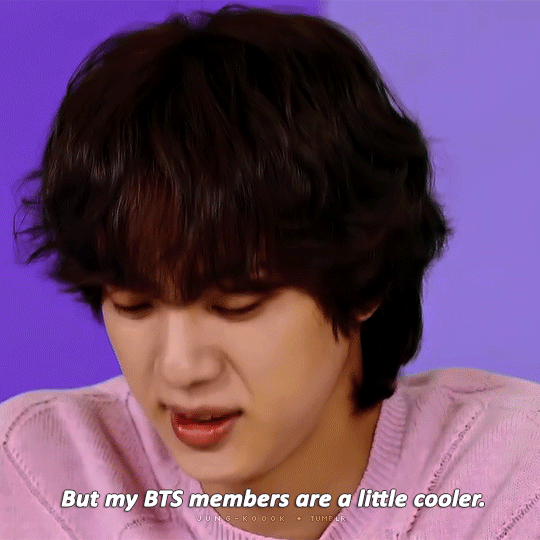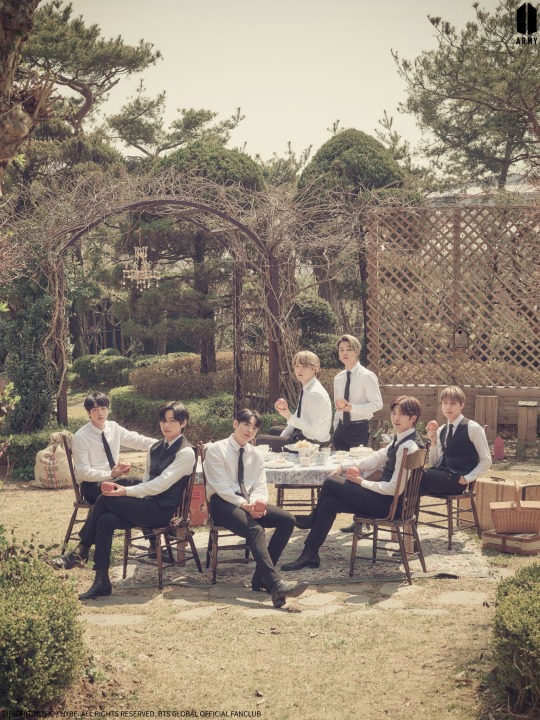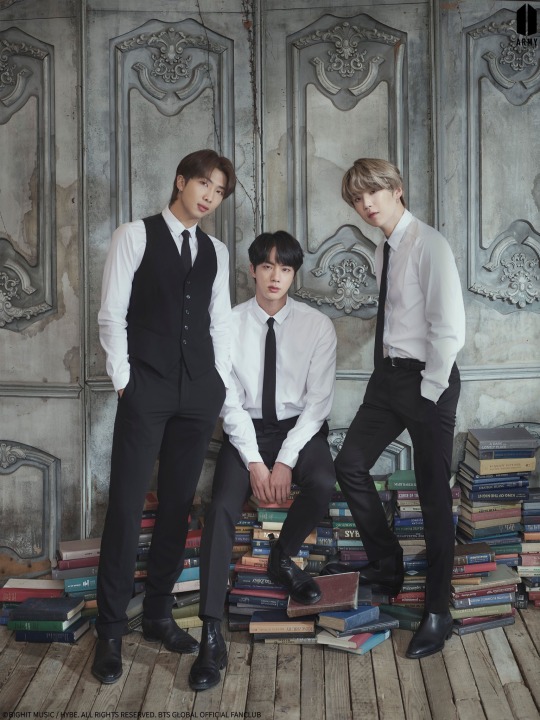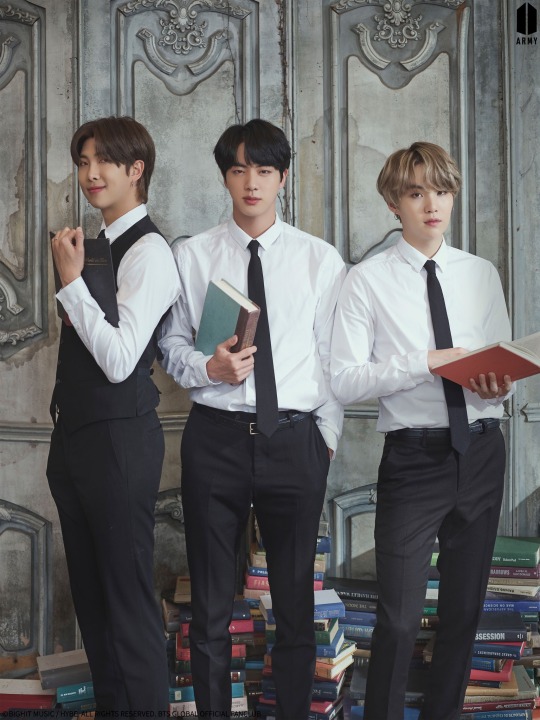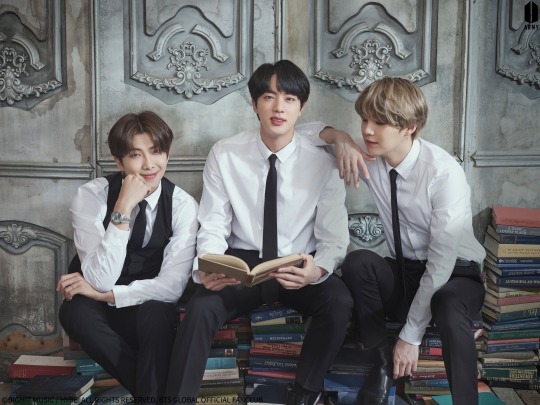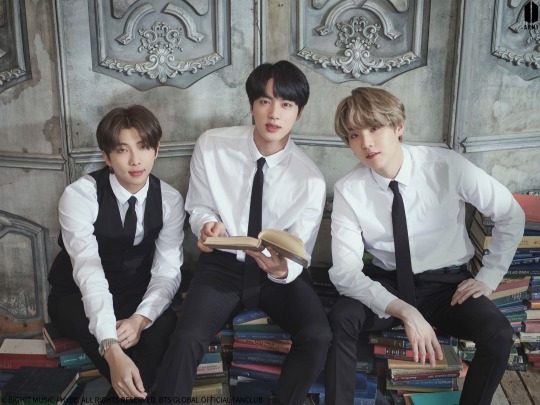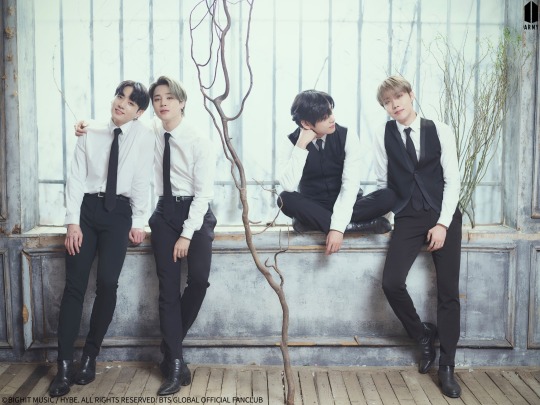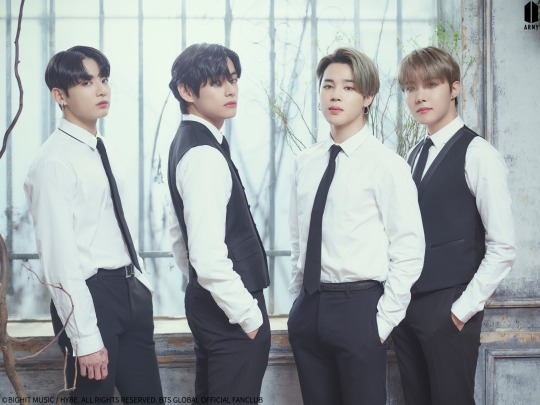Note
I really need to work on my transitions. I have been relying on scene breaks but for shorter "jumps" I just don't like the way the segues are coming out. The "When she got back to the office"s and "An hour later"s and "When she got to the pub"s. Something about them feels even more jumpy, literal, or even amateur to me than a plain old scene break. Maybe I need a scene break with a transition sentence, maybe I need more than that, I don't know. :(
Subtle Scene Transitions
It’s important to remember that the very existence of a scene break or chapter break tells the reader that something–location, time, POV–has changed. So, sometimes it isn’t necessary to be as direct as “An hour later…” or “When she got back to the office.” Often, you can clue the reader in using contextual clues. Take the following paragraphs as an example…
Direct:
Melinda finally dragged herself out of bed, painfully aware that her entire career hinged on her ability to pull this meeting off without a hitch. She hated the uncertainty of what lay ahead, hating even more the only thing she did know for certain: it was going to be one hell of a shitty day.
# # #
Two hours later, Melinda stood in front of the board, coffee in hand, trying to exude confidence she in no way truly felt. The tired, stoic faces of eleven other men and women gazed back at her, plainly ready for whatever it was she was about to unleash upon them. She only wished she felt as ready as they appeared to be.
Less Direct:
Melinda finally dragged herself out of bed, painfully aware that her entire career hinged on her ability to pull this meeting off without a hitch. She hated the uncertainty of what lay ahead, hating even more the only thing she did know for certain: it was going to be one hell of a shitty day.
# # #
All eleven faces of the other board members gazed back at Melinda, stoic and tired as she stood before them, coffee in hand, trying to exude a confidence she in now way truly felt. It was clear they were prepared for whatever she was about to unleash upon them, and she could only wish she was equally prepared.
In the second example, even though you don’t specifically say “two hours later,” it’s clear right away from the context that the time and place have changed. No one is going to read “all eleven faces of the other board members” and assume that they’re waiting for her in her bathroom as she goes in to brush her teeth. As often as possible, try to reserve the “two hours later” and “when she got back to the office” transitions for when the context would otherwise be unclear, or when those specific details (how much time has passed, a specific location) is immediately important. :)
500 notes
·
View notes
Text
Tips for Writing When Struggling With Executive Dysfunction

Executive dysfunction can make writing challenging. NaNo participant, August, has some tips on dealing with task initiation and how to keep writing so you can reach your writing goals.
Embarking on a writing project is quite the undertaking. After years of sticking to short pieces, I decided to start working on my first novel last NaNoWriMo. However, it felt like I was fighting with my own mind to get things done.
Executive dysfunction is a term used to describe weaknesses in the cognitive process that organizes thoughts and activities, prioritizes tasks, manages time efficiently, and makes decisions. It’s common in certain disorders, such as Depression, ADHD, and autism. Executive function skills are used to establish structures and strategies and to determine the actions required to move a project forward. So for those of us who struggle with executive dysfunction, dedicating ourselves to a project could get quite overwhelming. Here are some little tips and tricks I’ve compiled throughout my experience.
Keep reading
912 notes
·
View notes
Photo





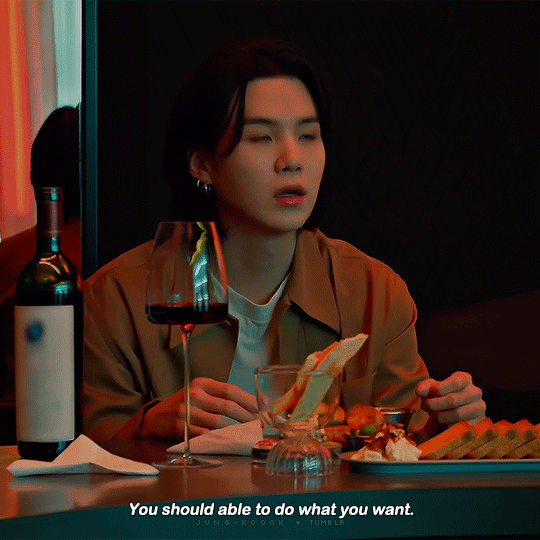
“The thing about idols is that we don’t have to commit a crime or do something that’s controversial for people to blow little things out of proportion and judge us. I could never understand the mentality of those people.”
4K notes
·
View notes
Text
But Pear, where do I even start for NaNoWriMo?
To answer this, you have to know what kind of a writer you are. There are plenty of articles that talk about what it means to be a pantser or a planner, so I’m not going to talk about that unless you want to. I’m going to get a little self-indulgent here, sorry.
Where do you start? With a story of course!
Know your characters: This is the first half of outlining. Outlining is for getting to know your plot, but your plot will evolve out of your characters. I very nearly always start a story with an image of a character in some sort of situation (or a line of dialogue, but that’s another story). From there, you have to get to know them–who are they, what do they do, what do they want?
Try filling out a character questionnaire. Here are a few to get you started:
Writing a Character: Questionnaire; 50 questions from firstwordsoftheprologue
Pokemon: FYCD; from fuckyeahcharacterdevelopment
This is a Towel: Character Questionnaires; a collection of other questionnaires compiled by writeworld
—
Outline. I’m not going to go too far into this since there are plenty of posts across Tumblr’s fantastic writers community. One of the top recommended methods for outlining is the Snowflake Method. I’ve never used it, but mostly because the one I was taught in school works amazing for me, so I haven’t experimented with others much. The following method may not be for everyone, but if you’ve tried some others and they haven’t worked out, give this a try.
The handout I was originally given when I learned this method seven years ago didn’t give it a title, so I just call it the 10-point model.
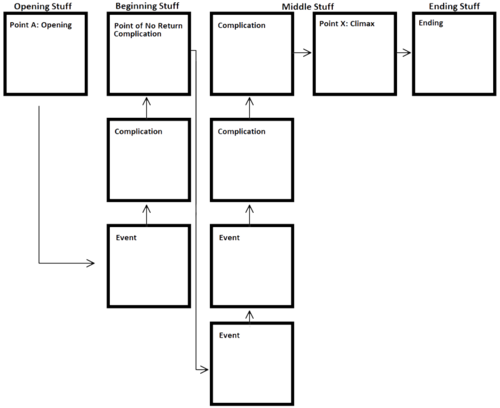
(1) Point A: Opening - This is the very beginning scene of your novel. Make it good! Start with a bit of action, even if it’s not important to the overall plot arc. Give a sense of your main character and your world using sparse description. Being long-winded in your opening descriptions leaves you no place to go in the future. How can you describe the room later when you’ve already described it down to the specks of dirt in the floorboards in the opening chapter? Just give little tastes–enough for the audience to see the framework while still looking forward to what the location has to offer in details later in the work.
(2, 5, & 6) Event - Something happens! But it doesn’t have to be anything that stymies the characters. These should be developments within your plot or a subplot that are viewed as major. These are steps forward for your character(s).
(3, 4, 7, & 8) Complication - Something else happens! But this is something that sets your character(s) back. Your villain takes a step forward, or something doesn’t go right in your character’s plans, or somebody unexpected steps into the mix, or any number of things.
(4) The Point of No Return - This counts as a complication-type event. This is the straw that breaks the camel’s back, so to speak. It’s the event that defines why the main character is the one who must do the thing, why your main character decides to do the thing, the thing that makes your main character start the journey.
(9) Point X: Climax - Something CRAZY happens! If you’re writing a literary fiction piece, maybe it’s an intense argument. Maybe it’s a fight, or a discovery. Whatever it is, this is the final confrontation (for this book) between your protagonist and your antagonist.
(10) Ending - The great slide down to the last page. This is some sort of event that takes place that wraps up all the loose ends. Maybe it’s a subplot’s resolution or a character’s final acts or a conversation or a peace-making. Wrap up your story with this scene.
—
Assuming you have the bare bones of an idea, start collecting. Collect everything that reminds you of your story, whether that’s travel photos, or clothing pieces, or character designs, or rocks. I have a tag on this blog for my own story that’s full of just that sort of material. It helps to create a secondary tagging system within that. I have tags for certain characters, tags for countries, tags for clothing, and armor, and animals, and atmosphere, and inspiration, and all kinds of stuff. It works as a kind of virtual cork board for me, though obviously you can print these things off, too, and actually hang them somewhere. People have used Pinterest for this, too, I just happen to use Tumblr. Keeping things like this all in one place can help you when you’re actually writing by giving you things to reference. This way you can get the feel of whatever you’re writing, or keep it consistent if you’re describing something. It’s also great when you’re stuck. Looking at all these things that specifically recall your story can help put you back in the mood or give you inspiration.
Need advice? Looking for further guidance on getting started? Feel free to send me an ask!
1K notes
·
View notes
Note
Dialogue prompts for an angsty love story between a human and a ghost? Sorry if this is too specific. Thank you!
Hi :)
I'm not the best with supernatural beings, but I try. These didn't all end up being so angsty, but you can definitely use them for a romance! Hope you like them:
Human x Ghost Prompts
"Every relationship has burdens they have to overcome. Together." "But our burdens seem to be more substantial."
"I can never give you the life you deserve to live."
"You and me - us. This would be a dream come true, but maybe it has to stay a dream."
"The thought of still being here, when you're gone, haunting this world without you in it..."
"You're always freezing." "But when I'm with you I can no longer seem to feel the cold."
"I will love you forever. In this life and the next."
"Wedding vows between us would have to be changed. Death can no longer take me from you."
"I can feel your heart beating. It's going so fast right now." "Those are probably the butterflies I have when you're close." "I would love to feel this again."
"Spending an eternity with you or just the next decades - there is not a second I want to waste."
Have fun with them!
- Jana
662 notes
·
View notes
Text
I've been gone for so long because I wanted to focus on studying. Computer science is no joke and coding can take hours of time. The fact that I become so OC about a single comma or curly brace is insane. It's still ongoing especially with the new job training I'm going through. It makes me really sad because I want to post the little snippets I've written here and there... Never happens. I'm never happy enough with my work anymore. What to do?
On a side note, I did update my profile! Isn't it cute???
0 notes
Text
Forbidden Fables Masterlist
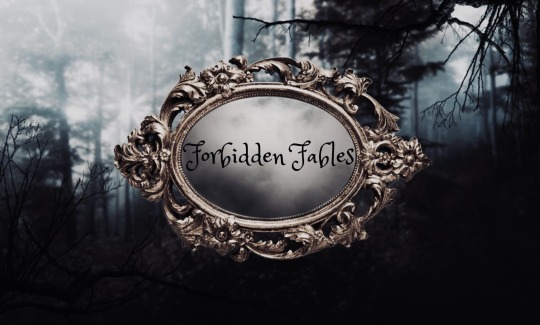
Once upon a time…

by @chimchimsauce
Release Date: March 1st
Is beauty a blessing or a curse? All of her life, princess YN was told that her beauty was the greatest gift her late mother ever gave her. But when her looks attract a man cruel and bloodthirsty, YN begins to think that her greatest asset is the beginning of her demise.
Read here
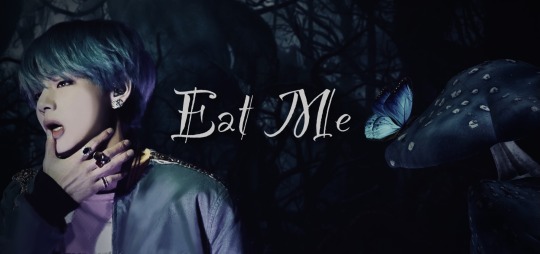
by @chaoticpuff17
Release Date: April 1st
Talking flowers and rabbits in waistcoats, that’s the dreamland that Y/N remembers, but things have changed since Y/N was a child. Wonderland is under new control, and once you fall down the rabbit hole there’s no going back.
Read here

by @deepdarkdelights
Release Date: May 1st
A princess’s job is to learn etiquette and to marry, so why did you derail from that path? All it took was one instant of you departing from your fiance’s hunting party to become lost in the enchanted forest and to stumble upon a cursed man who doesn’t believe in love. He must be so lonely...do you dare to befriend him?
Read here

by @chimchimsauce
Ever since YN's father died, she's been trapped in her childhood home by her scheming step mother and evil step sisters. When she's of age, YN overhears her stepmother's plans to marry her off for a handsome dowry and plans to flee for her freedom. But when she accidentally catches the eye of a brooding prince with a sadistic streak, YN begins to think that a life of servitude wouldn't be as bad as she thought . . .
Release Date: June 1st
Read here

by @chaoticpuff17
Release Date: July 1st
A village, a forest, a castle, and a dark shroud hanging over them all. Villagers keep going missing, and rumors of a beast lurking in the forest run rampant. Y/N never believed in monsters, but what happens when she goes knocking on one’s door?
Read here

by @deepdarkdelights
Release Date: August 1st
A calm life in a small village was all you ever knew, your days spent in the bakery and keeping to yourself. You liked the quiet and gentle nature of your life, but one day a wolf stands outside of your window, a stranger arrives, and people begin to go missing. Do you dare don your red coat and enter the forest?
Read here
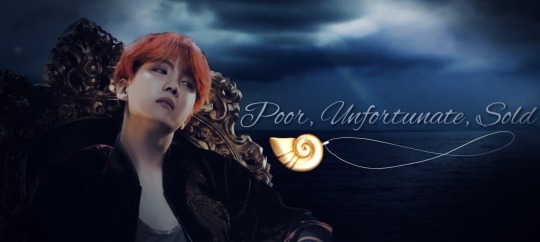
by @chimchimsauce
Release Date: September 1st
YN has always been fascinated by humans and the world they live in. When she saves a prince from drowning, YN decides to trade her tail in for a chance to walk where the people are. If only she paid better attention to the deal she made with the mysterious sea warlock . . .
Read here
And they all lived happily never after….
1K notes
·
View notes
Text
The Progressive Outline — How I balance my plotter and pantser tendencies.

When I first started writing at 13, I was a pantser. I’d develop an initial concept for a story, then just write – making everything up as I went.
Within a year or so, I became a plotter. I wrote extensive character sheets, deeply developed the worlds of my stories, and wrote detailed outlines that spanned not just the current novel, but series-long arcs.
In the years that followed (high school, college, MFA), I oscillated between the two approaches, navigating the benefits and challenges of both, as well as my own evolving preferences – before settling on my current method.
I call it “progressive outlining,” and it helps me do two somewhat conflicting things:
Create an outline for structure and direction
Allow my characters the freedom to organically grow, surprise me, and influence the story
The Progressive Outline
There are three parts to my outlining process:
Initial preparation
Creating a rough outline
Incremental journeys
1. Initial Preparation
Here, I do my initial brainstorming. Starting with the original concept, I generate ideas for the setting, characters, motivations, plot points, magic systems, etc. You can spend as much time as you want in this stage, but for me, the most important things to firmly establish are:
Your main character (and what drives them emotionally)
A small, initial cast of characters
Any core magic or sci-fi elements
The opening setting of your story
Those four things are important, because they’re the foundation of the story – the launchpad, both for the writing and the outline.
2. Creating a Rough Outline
Next, I create a rough outline of the story, and I really do mean “rough.” Instead of detailing every beat of the story from beginning to end, I allow the outline to become increasingly broad and vague the further out it goes.
For example, let’s say my story is made up of three parts. The most detailed section in the outline would be Part 1; Part 2 would be pretty broad; and Part 3 would have just a few high-level bullet points.
In all those sections, however, I try to mark key turning points for the characters and the plot, even if I don’t know exactly what will happen. For example, I might say, “Our characters clash at the festival,” or, “A friend will somehow betray the main character’s trust, hurting their relationship.“
The point of this outline is to provide long-view guidance wherever I am in the story. However, I keep things relatively vague, because I like to delay making specific decisions until my characters are closer to each event.
3. Incremental Journeys
Now the fun part. Writing.
To start, I take my rough outline and make sure the first couple sections are nicely fleshed out. Then, considering everything I learned during my initial preparation and using my outline as a general (but not set-in-stone) guide, I write those first few chapters.
After finishing those chapters, I do three things:
I think about what I’ve learned about the characters and story so far.
Using what I’ve learned, I flesh out the next few chapters in the outline, which might include some further world building or character development.
I write the newly outlined chapters.
Then I repeat those three steps, again and again – progressively outlining and writing my way through the story in short, incremental journeys.
Why do I write this way?
As I said at the beginning, this approach gives me the structure and direction of an outline, without denying my characters the freedom to grow and surprise me.
That’s why I write this way – outlining, yes, but leaving much of the outline initially broad and vague so that I can let my characters play a more active role in shaping how each plot point comes to life. The process is pretty similar to Flashlight Outlining, if any of you are familiar; the main difference, as far as I can see, is that I also maintain an overarching outline.
Should you write this way?
You’d know better than me! A key part of every writer’s development is figuring out their process, and we do that by writing and experimenting. So give this outlining process a shot if you’re dissatisfied with your current process or want to try an approach that draws from both plotters and pantsers.
And if you already love your process?
Please share it below! I’d love to hear how you write (with or without an outline) and why it works for you.
— — —
Hey there! My name’s Mike, and I’m a writer and copywriter with an MFA in fiction. For more tips on how to hone your craft and nurture meaningful stories, follow my blog.
3K notes
·
View notes
Text
here have 10 pieces of writing advice that have stuck with me over the years
every character’s first line should be an introduction to who they are as a person
even if you only wrote one sentence on a really bad day, that’s still one sentence more than you had yesterday
exercise restraint when using swear words and extra punctuation in order for them to pack a punch when you do use them
if your characters have to kiss to show they’re in love, then they’re not in love
make every scene interesting (or make every scene your favorite scene), otherwise your readers will be just as bored as you
if you’re stuck on a scene, delete the last line you wrote and go in a different direction, or leave in brackets as placeholders
don’t compare your first draft to published books that could be anywhere from 3rd to 103rd drafts
i promise you the story you want to tell can fit into 100k words or less
sometimes the book isn’t working because it’s not ready to be written or you’re not ready to write it yet; let it marinate for a bit so the idea can develop as you become a better writer
a story written in chronological order takes a lot more discipline and is usually easier to understand than a story written with flashbacks
74K notes
·
View notes



